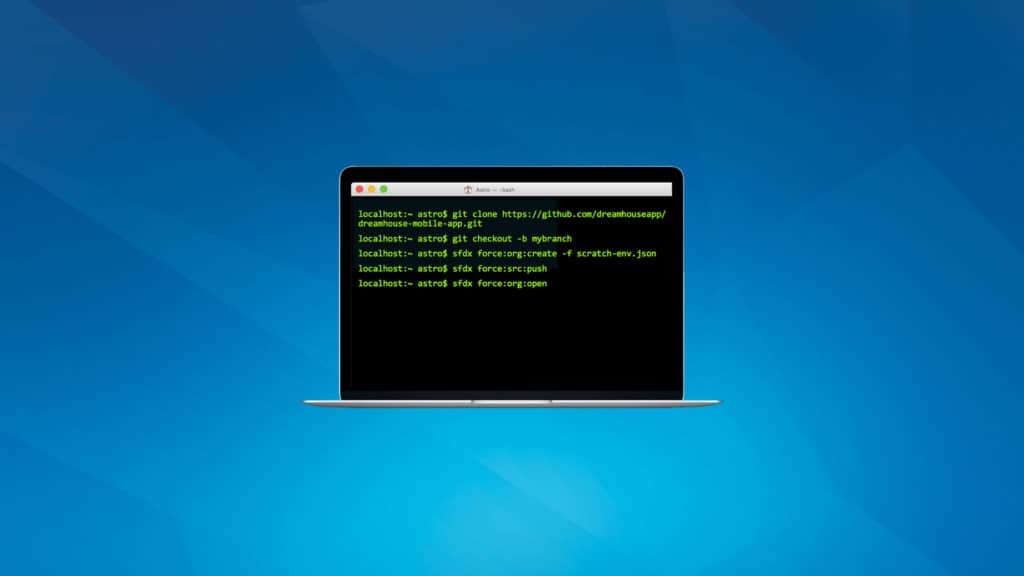Recently, Salesforce (SF) introduced two new features that will become part of a developer’s arsenal, SF DX & The Lightning API. While Salesforce’s main focus is to improve and create new features on the Salesforce platform itself, it also makes the effort to make custom development easier and extend the platform to other frameworks.
Previously, developers had to build out an extensive tooling library to incorporate the principles of Source Driven Development (SDD), Distributed Version Control Systems (DVCS), and Continuous Integration (CI). Now with the new SF DX command line utility, a more tightly coupled integration with the Force.com platform can be achieved. One of the key features of SF DX is the ability to create Scratch Orgs. A Scratch Org is a short-lived org that is used for a specific purpose. Think of it as a “local” build environment where you can import your code from a DVCS and run test scripts before pushing those changes to another sandbox or production via CI using Heroku Pipelines. Scratch orgs are also useful for AppExchange development. Imagine spinning up many orgs with different features enabled (I.e. Person Accounts, Multi-Currency, etc.). SF DX is currently a private developer pilot. However, (Safe Harbor) the current plan is to open a public beta in Summer ’17.
The other feature to be discussed is the new Lightning API. The Lightning API is aimed to help extend your data, page layouts, and processes on other platforms that have your own custom branding. Previously, developers had to issue multiple API calls to gather data about a record and what its corresponding page layout would be. Now with the Lightning API, that can all be achieved in one API call. This results in fewer round trips over the internet and the ability to have a more complete picture of your org’s data and metadata.
Check out all the features on Lightning API Documentation. Have questions? Comment below to continue the conversation.




